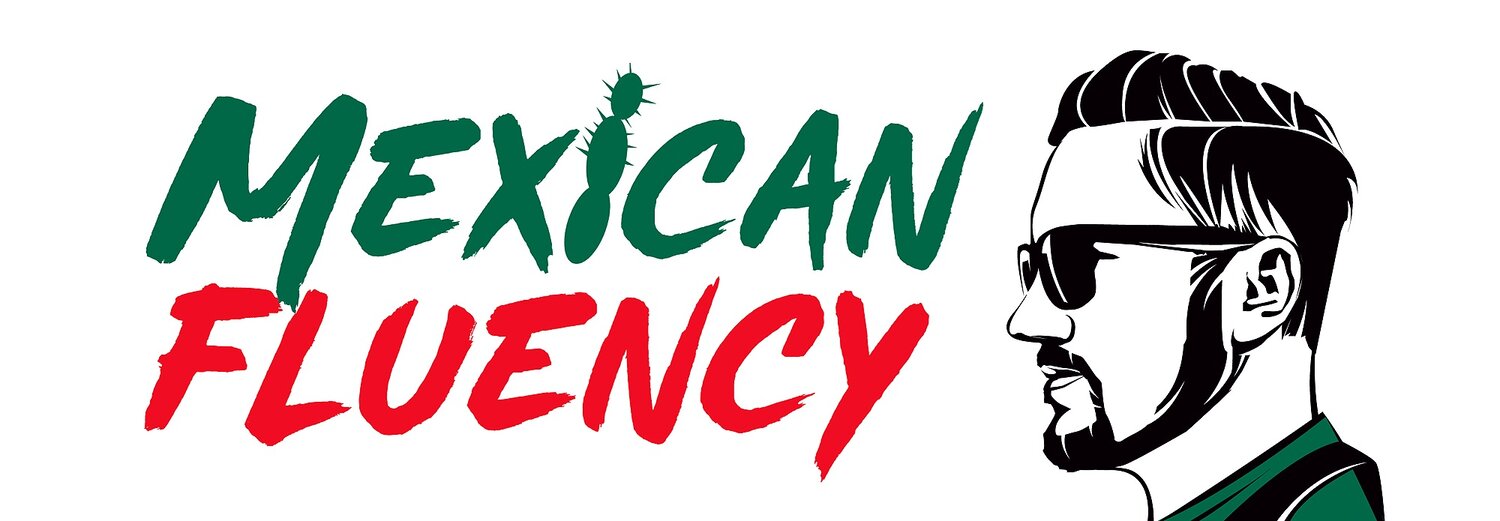Mastering 'Pues' in Mexican Spanish: A Comprehensive Guide
¡Qué hubo, compadres!
Welcome a brand new Mexican Fluency article where we’ll continue our Spanish fluency journey and explore the uses of the word 'pues' in Español Mexicano.
You might be wondering why we're dedicating an entire article to one tiny word.
Well, 'pues' is not just any word; it's a super handy one that you'll come across a lot in conversations.
So, without further ado, let's dive into the multiple uses of 'pues.'
Pues: The Filler Word
First and foremost, 'pues' is a popular filler word in Mexican Spanish. Think of it as the Spanish equivalent of 'well' or 'so' in English.
It's a little pause or transition between ideas. For instance, when you're not entirely sure about something, you might say, 'Pues, no sé,' which translates to 'Well, I don't know.'
Handy, right?
Pues Sí / Pues No
But hold on, 'pues' is much more versatile than it seems! It also serves as a tool to express agreement or acknowledgment.
When someone says, 'Hace mucho calor hoy' (It's very hot today), and you agree with the statement, you can respond with 'Pues sí' (Well, yes).
Hesitation
And guess what? When you're caught off guard or need a moment to think, 'pues' is your trusty companion.
Phrases like, 'Pues, no estoy seguro' (Well, I'm not sure) or 'Pues, déjame pensar' (Well, let me think) become your linguistic arsenal in complex discussions.
Now, ready for part two of our 'pues' expedition?
Excellent!
Let's dissect a couple more ways 'pues' spices up the Mexican Spanish vernacular.
“Órale Pues”
One phrase you're bound to hear is 'orale pues.' Here, 'orale' is a vibrant Mexican slang term meaning 'come on' or 'let's go.'
With the addition of 'pues,' it transforms into an enthusiastic phrase akin to 'alright then' or 'let's do it.'
So, the next time someone says, 'Vamos a la fiesta, orale pues!' (Let's go to the party, alright then!), you'll know they're bubbling with excitement.
Pos…
While 'pues' is a fairly casual word, there's an even more relaxed form – 'pos.' It's essentially a shortened version of 'pues' and lends an extra friendly tone to conversations.
So don't be surprised if you hear someone say, 'Pos sí' (Well, yes) or 'Pos no sé' (Well, I don't know).
¡Sorpresa!
Beyond these applications, 'pues' can also convey surprise or disbelief.
When you hear something unexpected, responses like '¡Pues, no puedo creerlo!' (Well, I can't believe it!) or '¡Pues, qué sorpresa!' (Well, what a surprise!) perfectly encapsulate your astonishment.
Being Nice
And here's a crucial tip for polite interactions – 'pues' softens requests or suggestions, making them seem more courteous. Instead of saying 'Haz esto' (Do this), try saying 'Pues, ¿podrías hacer esto, por favor?' (Well, could you do this, please?). You'll come across as much more congenial!
Well…
Last but not least, 'pues' can mark logical consequences or results.
For instance, if someone confesses, 'No estudié para el examen' (I didn't study for the exam), you can reply with 'Pues, es probable que no te vaya bien' (Well, it's likely that you won't do well).
Final Thoughts
So, there we have it! We've navigated the diverse uses of 'pues,' from serving as a filler word and expressing agreement to signifying hesitation, surprise, softening requests, and denoting logical consequences.
Such versatility is what makes 'pues' a powerful little word in the Mexican Spanish lexicon.
The best part is that understanding and applying these different uses of 'pues' will help you sound more like a native speaker.
It can truly enrich your conversations and make them feel more authentic. Not only will you grasp the nuances of Mexican Spanish better, but you'll also be more confident in your ability to interact naturally and fluently.
However, remember the usage of 'pues' may vary depending on the region or context. It's always a good idea to tune into how locals use it, which will enable you to mimic the linguistic patterns more accurately.
Observing native speakers will also help you get a better handle on 'orale pues,' 'pos,' and the additional shades of meaning these variants carry in different situations.
In essence, using 'pues' can significantly enhance your conversational skills and deepen your understanding of Mexican Spanish.
It's like adding a pinch of spices to your favorite dish – suddenly, the flavors are richer, and the overall experience is more enjoyable.
So, that's all, amigos!
Now that you're armed with knowledge about 'pues,' it's time to practice and put your learning to the test.
Remember, language learning is an adventurous journey filled with new discoveries at each turn.
¡Pos, ahora estás listo! (Well, now you're ready!) So, go ahead and immerse yourself in the beautiful world of Mexican Spanish.
¡A practicar! (Let's practice!)
And as always, happy language learning!
